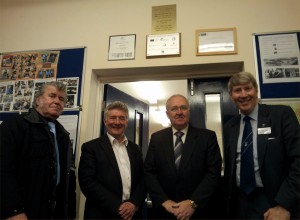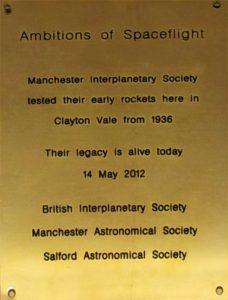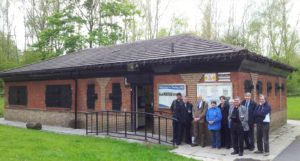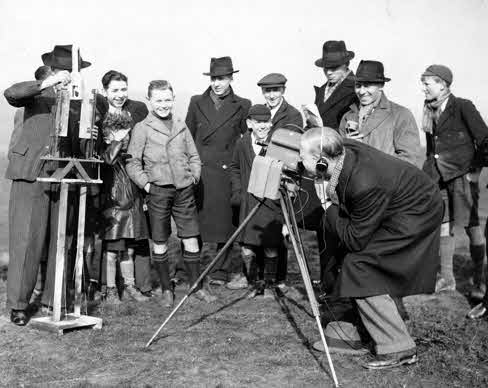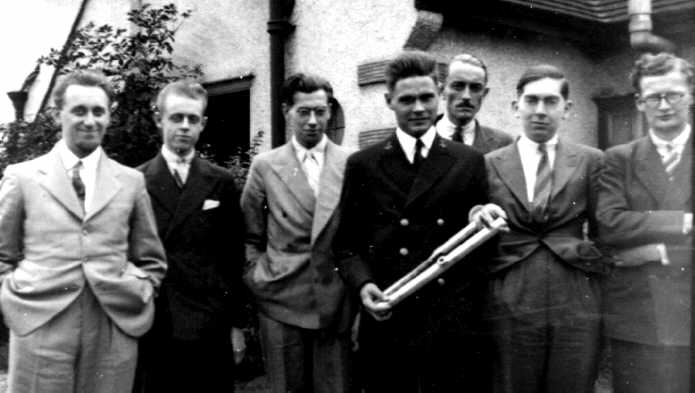I will be speaking at the Chorlton History Group about Gagarin’s visit to Manchester on 12th July 1961. On his drive from the airport, Gagarin drove through Chorlton in his open top car – in the rain.
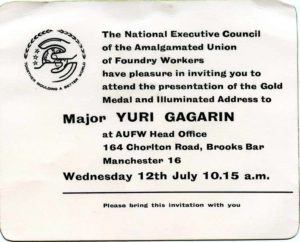
The presentation will include a rare video (originally cine) film of Gagarin in Manchester and several unpublished photos.
In attendance will be Joyce Baines who worked at the Old Trafford HQ of the Amalgamated Union of Foundry Workers, which was Gagarin’s first stop in Manchester. The AUFW invited him to the UK and presented him with a gold medal making him their first honorary union member.
Time and Date: 13:30 – 14:30 Thursday 7th June 2012
Venue: St Ninian’s United Reformed Church, Egerton Road South, Chorlton, Manchester M21 0XJ
Cost: £2 charge for tea & biscuits
Organised by: Chorlton History Group – BTLeach@gmail.com
